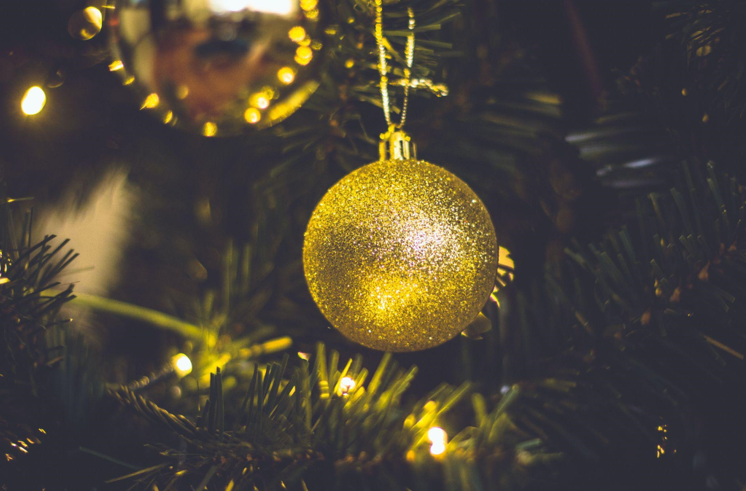The Advent of Green Artificial Christmas Trees
Artificial Christmas trees have come a long way since their early days. The first artificial trees originated in the 1880s, made from feathers dyed green, white, or pink. Unfortunately, these trees were expensive, and many manufacturers began producing cheaper versions made from wire, paper-mâché, and metal.
By the 1920s, the first mass-produced aluminum Christmas trees hit the market, sparking a new trend in the artificial tree market. These trees differed from their feather and wire counterparts as they were not covered with foliage but made of silver branches, often adorned with glass balls.
However, it was in the 1950s that the green artificial Christmas tree became popular. The first green tree was made from PVC, a miracle material in artificial Christmas tree production. PVC was cheap, durable, and looked just like the real thing.
The first PVC trees were made in Germany by the Addis Brush Company. They consisted of branches with a wire core, wrapped in PVC needles of varying lengths, with each hand having “memory” so that the units would spring back into place. Today, PVC trees are still popular and very affordable.
Eco-Friendly Alternatives to Artificial Christmas Trees
Every year, households worldwide uphold the age-old tradition of decorating the Christmas tree, but what about the environmental impact of using an artificial tree? For many people, eco-friendly options are essential to their daily lives, and that shouldn’t change during the festive season.
One eco-friendly option is to use a real tree. While chopping down a tree may seem environmentally damaging, most Christmas trees sold in the US and Europe are grown on tree farms. As a result, farmers plant more trees than harvest each year, ensuring a sustainable industry. However, there are alternatives if you’re uncomfortable with cutting down a real tree.
One option is replanting a live tree. Many nurseries sell potted, live Christmas trees that can be planted after the holiday season. These trees can grow year-round, allowing them to live a long and healthy life.
Another option is to use a recycled or repurposed tree. Many companies now offer artificial trees not made from PVC and sourced using more environmentally friendly materials. Such materials may include recycled plastics, grain stalks, or bamboo. These trees can be just as durable and long-lasting as PVC trees.
In conclusion, while the green artificial Christmas tree has evolved enormously over the years, eco-friendly alternatives are becoming the norm. Consumers’ choices profoundly impact the environment, and the festive season should not be any different. So, whether you opt for a real tree, a live tree, or an eco-friendly artificial tree, make this season a greener one.
